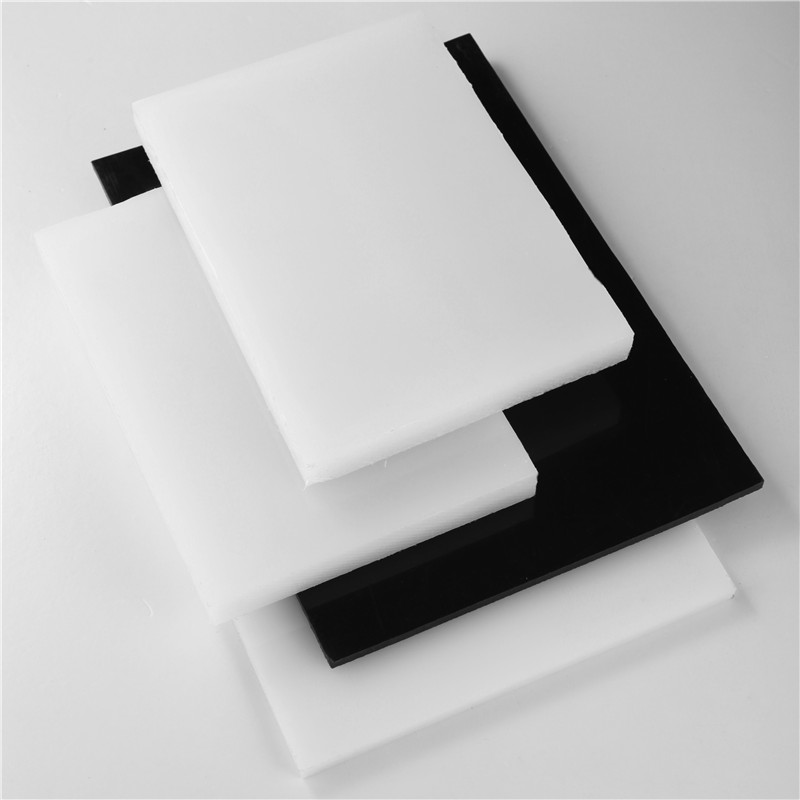Nov . 06, 2024 11:42 Back to list
High-Density Polyethylene Drainage Pipe for Efficient Water Management Solutions
Understanding HDPE Drainage Pipes A Comprehensive Overview
High-Density Polyethylene (HDPE) drainage pipes have revolutionized the way we manage water and sewage systems in both residential and industrial applications. With their unique chemical and physical properties, HDPE pipes offer a myriad of advantages over traditional materials, making them the go-to choice for many engineers and contractors today.
What is HDPE?
HDPE stands for High-Density Polyethylene, a thermoplastic made from petroleum. It is known for its high strength-to-density ratio, making it durable yet lightweight. HDPE can withstand harsh environmental conditions and can be entirely recycled, making it an eco-friendly option.
Properties and Benefits of HDPE Drainage Pipes
1. Durability One of the most significant advantages of HDPE pipes is their durability. They can resist impacts, corrosion, and chemical exposure, which makes them ideal for drainage systems buried underground. Their flexibility allows them to absorb shocks from ground movements, preventing cracks and leaks.
2. Lightweight Compared to traditional materials like concrete or clay, HDPE pipes are significantly lighter. This property not only eases transportation and installation but also reduces the cost associated with handling and labor.
3. Resistance to Biofouling HDPE has a smooth interior surface that discourages the buildup of deposits, meaning that the pipes maintain a consistent flow rate over time. This is particularly advantageous in sewage and stormwater systems where blockages can lead to significant problems.
4. Eco-Friendly HDPE is a recyclable material, contributing to a reduction in waste. Additionally, the production and installation processes of HDPE pipes consume less energy compared to traditional materials, further minimizing environmental impact.
5. Cost-Effectiveness While the initial costs of HDPE pipes may be comparable to other materials, their long-term savings are undeniable. Their durability and low maintenance requirements lead to lower lifetime ownership costs, making HDPE a wise investment.
Applications of HDPE Drainage Pipes
hdpe drainge pipe

HDPE drainage pipes are widely used in various sectors, including
- Residential In modern housing developments, HDPE pipes are often used for stormwater drainage, sewage systems, and even irrigation solutions. Their lightweight nature makes them easy to install in complex urban settings.
- Commercial Businesses benefit from using HDPE pipes in their plumbing and drainage systems, ensuring that waste management is efficient and reliable.
- Industrial Heavy industries utilize HDPE pipes to handle corrosive substances and waste materials, thanks to their resistance to chemicals.
- Agriculture The agricultural sector employs HDPE pipes for irrigation and drainage solutions, enhancing water conservation efforts.
Installation Considerations
When installing HDPE drainage pipes, several factors should be taken into account. Proper trench preparation is vital, as the bedding material must support the pipe without causing deformation. Additionally, the pipe’s diameter, slope, and connection methods should be carefully planned to ensure optimal flow performance.
Future Trends
The demand for HDPE drainage pipes is projected to grow due to increasing environmental regulations and the need for sustainable infrastructure. Innovations in manufacturing technologies and pipe designs continue to enhance their performance and versatility. Furthermore, as cities look to modernize aging water infrastructure, HDPE pipes are likely to play a crucial role in these upgrades.
Conclusion
In summary, HDPE drainage pipes offer a durable, lightweight, and eco-friendly solution for a variety of drainage needs across multiple industries. Their ability to withstand harsh conditions and resist biological fouling makes them a preferred choice for many applications. As the world moves towards more sustainable practices, the role of HDPE pipes in infrastructure development will undoubtedly become even more prominent, paving the way for efficient water management systems of the future.
-
High-Quality PPR Pipes and Fittings Durable ERA PPR & PVC PPR Solutions
NewsJul.08,2025
-
Black HDPE Cutting Board - Durable, Non-Porous & Food Safe HDPE Plastic Cutting Board
NewsJul.08,2025
-
High-Quality CPVC Panel Durable HDPE & PVC Panels Supplier
NewsJul.08,2025
-
Double PE Welding Rod Supplier - High Strength, Durable & Versatile Welding Solutions
NewsJul.07,2025
-
High-Quality PVC-O Pipe Supplier Durable 75mm PVC Pipe & Connections Leading PVC Pipe Company
NewsJul.07,2025
-
HDPE Drainage Pipe Supplier – Durable & Corrosion-Resistant Solutions
NewsJul.06,2025

